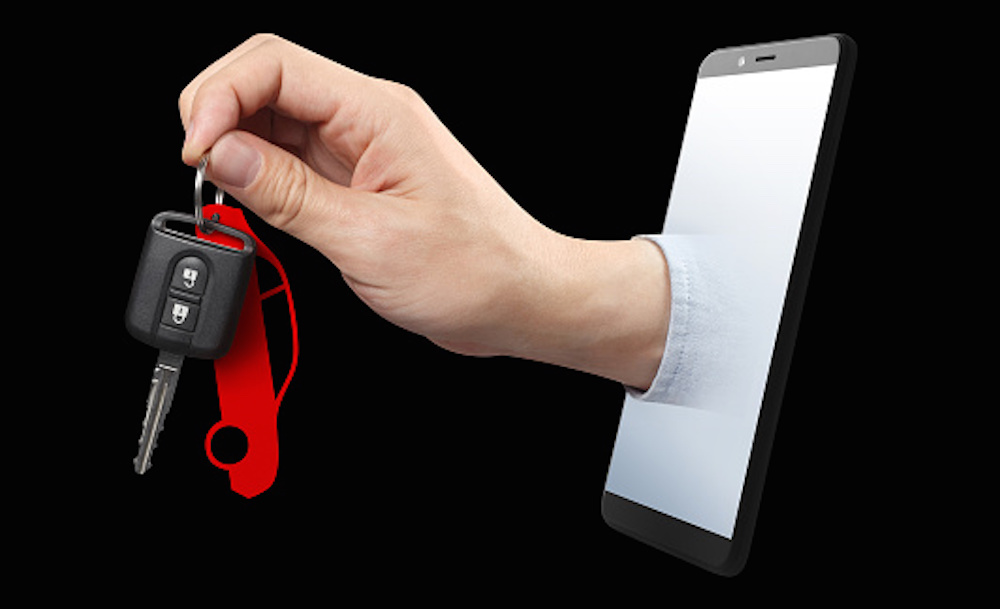In the digital age the acquisitions online from the auto they remain at nail. The Italians they prefer the dealerships to compare the cars. For exactly 60% it is better to go face-to-face with a salesman for the purchase of the car.
Yes, you can’t online: test the car, talk to the dealer, receive support on choosing accessories and so on. But we have the habit of googling the car before going to a car showroom. So we rely on the web to search for initial information.
 Auto, online purchases remain on the nail. Italians prefer dealerships, source Pixabay
Auto, online purchases remain on the nail. Italians prefer dealerships, source Pixabay
Cars, online purchases remain on the nail: the study
According to the study conducted by arete: “Digital car purchase, is Italy ready?”. There are many walls of resistance that we have to overcome. The company that operates in the strategic consulting sector, has released new digital ways of buying a car.
The deepening comes 12 months after a similar one carried out in 2022. Above all, it confirms that nothing has changed about it. Precisely: the 60% of respondents he confirms to be followed in the dealership for the necessary steps to buy the next car.
QONTO. The online business account that simplifies everyday banking.
While the 33% are willing to configure their car online. But, then, he wants to finalize the transaction and make the payment at the dealer’s salon. Finally, the 7% of the sample is ready to do everything online.
 Auto, online purchases remain on the nail. Italians prefer dealerships, source Pixabay
Auto, online purchases remain on the nail. Italians prefer dealerships, source Pixabay
Cars, online purchases are difficult for Italians
The advice gives security, stability, clarity for Italians when it comes to buying a car. And another aspect that emerges is the need for the buyer to test the car. Yes, dear test drive helps to choose better and pilot the purchase.
Another factor is age naturally affects this type of choice. for the82% of those who declare themselves ready to choose and pay for their car entirely online, even without first seeing and trying it, have less than 42 years old and he does so because he considers it the most efficient digital method, as it avoids traveling to the dealership, safer, as everything is tracked and also more competitive on the economic front (on average, online purchases cost less than those made in the store).
Auto, digital as an information tool
Going out to a dealership is the surefire way to buy a car. But first there is one more step. Again according to the study by arete: 7 out of 10 Italians before entering the dealership they rely on online research. So the first information comes from the web. Why?
Well, we can immediately have the car of our dreams right away: the technical data sheets, the tests and the opinions of the experts are often useful material for getting prepared for contact with the dealer.
Not only that, through the social and the messaging, which many consumers use, gives you access to more information. Indeed 7 out of 10 Italians they say they appreciate it when they get a car introduction from a digital consultant, preferably via WhatsApp or go email. Among the materials that potential buyers would like to receive before buying the car, the videos with the detailed presentation of the product and those with the model test.
 Auto, online purchases remain on the nail. Italians prefer dealerships, source Pixabay
Auto, online purchases remain on the nail. Italians prefer dealerships, source Pixabay
Cars, online purchases are difficult for Italians: the words of the president of Areté
We conclude this journey into the preferences of Italians when it comes to buying a car, with the words of Massimo Ghenzer, president of Areté: “The new instant survey highlights how thebuying a car today is a process to be managed within the walls of a dealership for almost all Italians. Doubts about sharing information digitally, the need to see, touch and test the car and finally the direct relationship with the dealer remain necessary elements that make the steps that lead to the purchase of an important asset such as the car safer and more comfortable. ‘car. L’online gradually makes its way thanks to the messaging systems that allow the dealer to share information in text and video mode with potential buyers, judged by the public as valuable elements of evaluation before the final decision”.
















Leave a Reply
View Comments